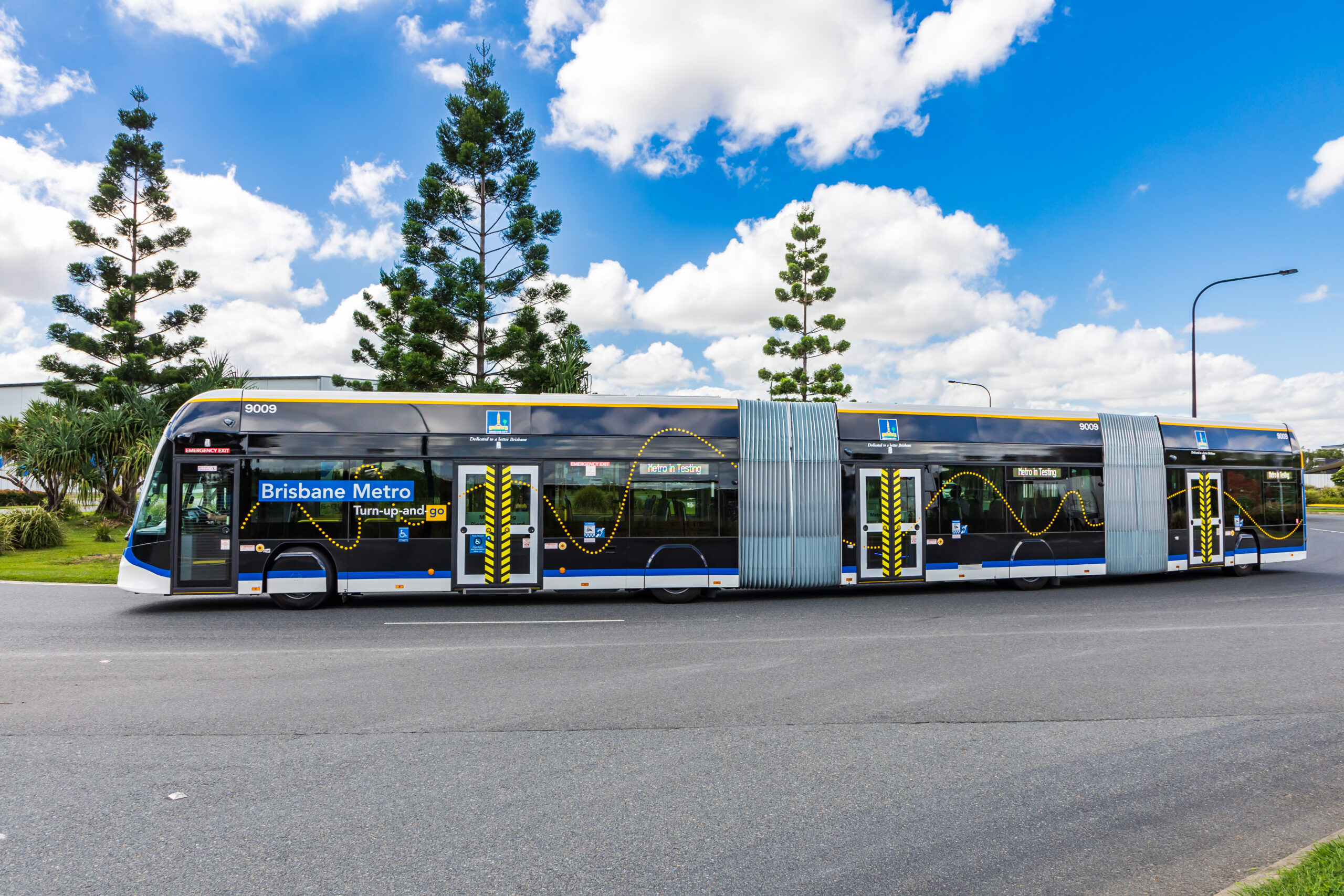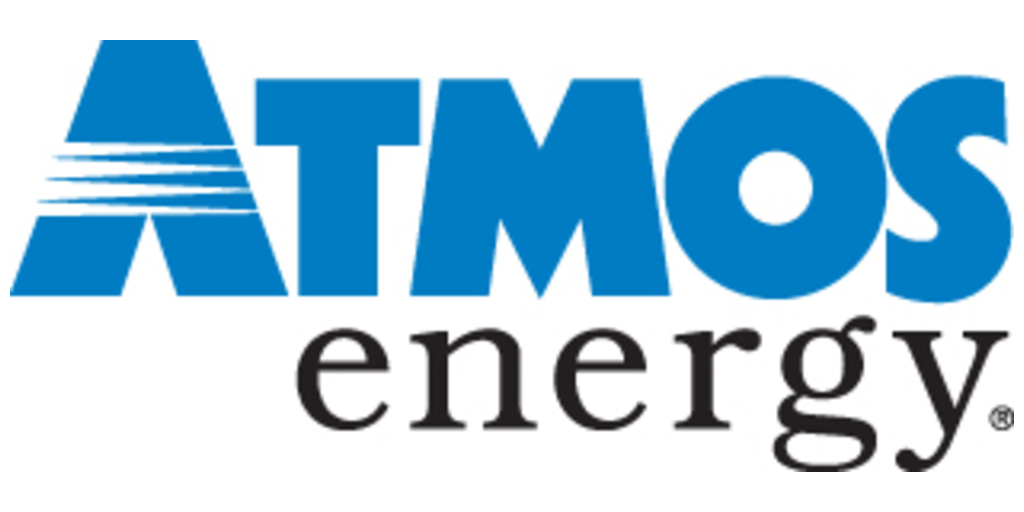
Learning the Value of the Grand Canyon Buses
I’m one of the odd people when it comes to the Grand Canyon.
You see, almost everybody goes to the South Rim. It’s the part that’s easy to drive to. It’s open year-round. It has a small city that runs right up to the edge, complete with an airport, hotels, helicopter rides, restaurants, an RV park, and even its own post office. The place even has buses that connect it to another small “gateway community” just up the road, with more hotels and businesses.
The North Rim is another story entirely. You probably won’t believe this, but the Grand Canyon is actually pretty grand. It’s not only big, deep, and wide, but extremely long. Driving from the nearest interstate highways or towns to the North Rim requires hours of driving to the Navajo Bridge (almost to Lake Powell), or coming in from Kanab, Utah, across the Kaibab Plateau.
What makes me particularly odd among Grand Canyon enjoyers is that I went to the North Rim several times before I ever went to the South one. Growing up in a family from a small town in New Mexico, it really didn’t make sense to go to a larger town to see the outdoors. So, we would just visit the North Rim in the summer. Parents and grandparents would tell me that the South Rim really wasn’t worth going to because it’s hot, crowded, commercialized, and not as scenic.
But, I finally got around to visiting the other rim in 2019, and I was nutty enough to drive a Nissan LEAF up there. In those days, there was no rapid charging for any EV. The Supercharger wouldn’t open for six months after my trip, and the Electrify America station wouldn’t open for almost four years (that’s happening next month if all goes according to plans). I wasn’t staying overnight, and badly needed a charge, so I had to get creative. I found a J1772 charging station, parked it, and then my wife and I hoofed it to the nearest bus stop.
This was when I realized the true value of the South Rim’s bus system. I love cars, and I fight with anti-car people all the time on Twitter (one accused me of being a baby killer when I debunked some anti-EV FUD yesterday), but the South Rim was as my grandparents told me as a kid: kind of crowded and hot.
I found this out the hard way on a trip in a hybrid SUV two years later. When everybody has a car and they’re all trying to see all of the sights, there’s really just no way to make it pleasant for everybody. Parking gets overrun, the road gets stuffed with slow stereotypical tourist types, and everybody can’t even swear at each other in the same language at times (but we all seem to know what “the bird” means). My June 2021 trip was definitely planned in the wrong month, too.
But, in spring of 2019, when I was basically forced to ride the bus, it was a lot nicer. The temperature wasn’t anybody’s fault (at least not directly), but getting around most of the park on their buses was a pretty easy-going and friendly. Unlike a crowded city bus, it was a busload of people who wanted to be there and were having fun.
Another Thing I Noticed In 2019
While I was walking between the last bus stop and my car that had been charging, I walked by the Headquarters building and noticed something cool that I wished I had bought: a Chevy Bolt. In fact, I saw several of them sitting there charging. I had heard that several of the national parks were using EVs, and that others were going to be doing charging stations, too.
But, this led to an obvious question from my wife: “Why aren’t the buses electric?”
It’s not like the park was out in the wilderness and didn’t have the electricity, and there were all sorts of efforts to clean up the air around the park, including the closure of coal-fired power plants. This is an ongoing effort, too.
So, yes, that was an excellent question. And, it’s a question that finally got an answer.
Electric Buses Are Finally Coming
In a recent press release, the federal government announced the $27.5 million Shuttle Bus Fleet Replacement project, which aims to replace the park’s existing shuttle bus fleet with 30 new buses. Ten of these buses will be battery-electric (charging infrastructure is included in the project), and the rest will be compressed natural gas (CNG) like the existing fleet.
“Grand Canyon National Park is one of our most beloved national parks,” said U.S. Transportation Secretary Pete Buttigieg. “This grant, made possible by President Biden’s Bipartisan Infrastructure Law, will help ensure safe and reliable bus service for park visitors for decades to come.”
This project is among seven others that have been awarded federal grants, totaling $130.5 million. These grants are part of the Federal Highway Administration’s Nationally Significant Federal Lands and Tribal Transportation Projects Program. These grants, which were announced recently, aim to support transportation projects of national significance that serve Federal and Tribal lands. They form a part of President Biden’s Investing in America agenda, which seeks to rebuild infrastructure and deliver significant benefits for the American population.
This is also part of a much older partnership. For almost a century, the Departments of the Interior and Transportation have maintained a partnership, initially with what was known as the Bureau of Public Roads. As this Bureau underwent modernization throughout the 20th century, it brought about significant rehabilitation projects and new transit options at some of America’s most cherished sites, such as Acadia, Grand Canyon, and Zion National Parks. These improvements have made these parks more accessible to visitors.
What About The Other 20 Buses?
My guess is that these ten buses will end up serving the park’s shorter routes, but depending on what models are chosen, they could probably do the longer ones, such as the one between Tusayan and the Village, or out to Hermit’s Rest. But, it’s clear that methane-burning buses will continue to be part of the transportation mix at the park for some time.
Really, it’s probably up to us to push government officials to keep the mix going more electric. There aren’t any routes long enough that they wouldn’t be a good mix for electric, and the stop-and-go nature of most of the routes also makes them a good fit for current technology.
Featured image provided by the National Park Service.
I don’t like paywalls. You don’t like paywalls. Who likes paywalls? Here at CleanTechnica, we implemented a limited paywall for a while, but it always felt wrong — and it was always tough to decide what we should put behind there. In theory, your most exclusive and best content goes behind a paywall. But then fewer people read it! We just don’t like paywalls, and so we’ve decided to ditch ours. Unfortunately, the media business is still a tough, cut-throat business with tiny margins. It’s a never-ending Olympic challenge to stay above water or even perhaps — gasp — grow. So …




.jpg)